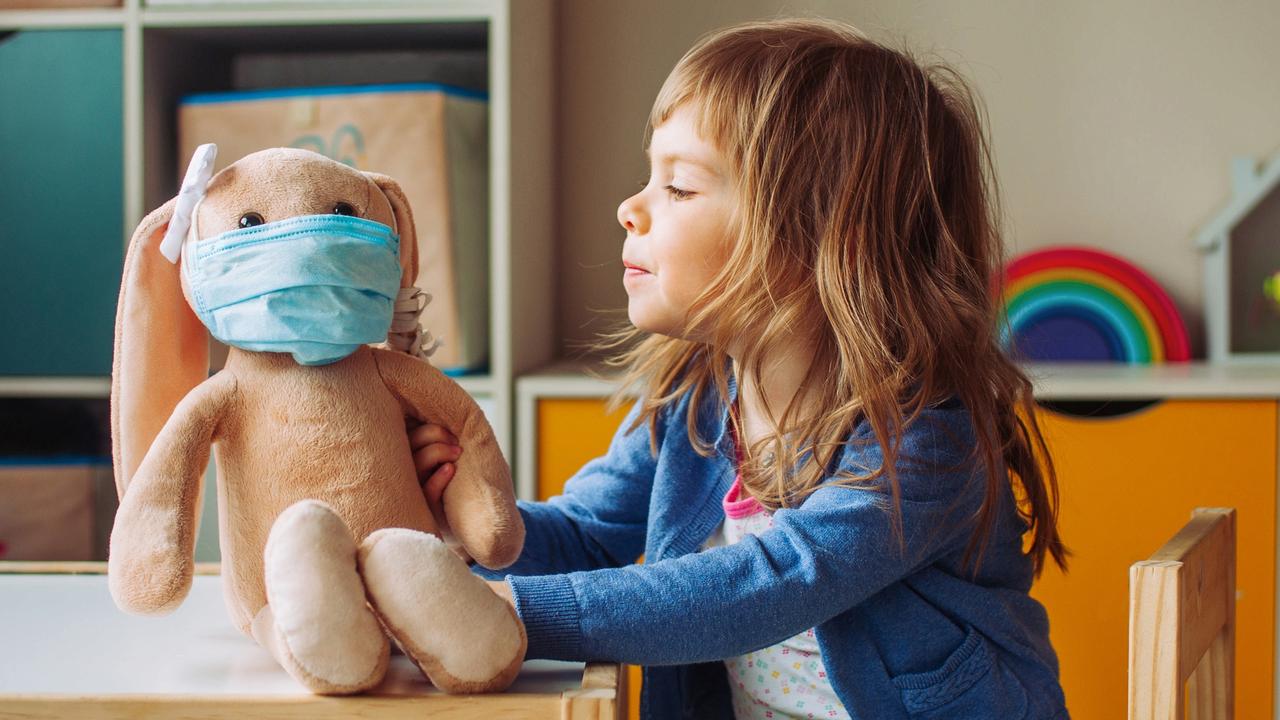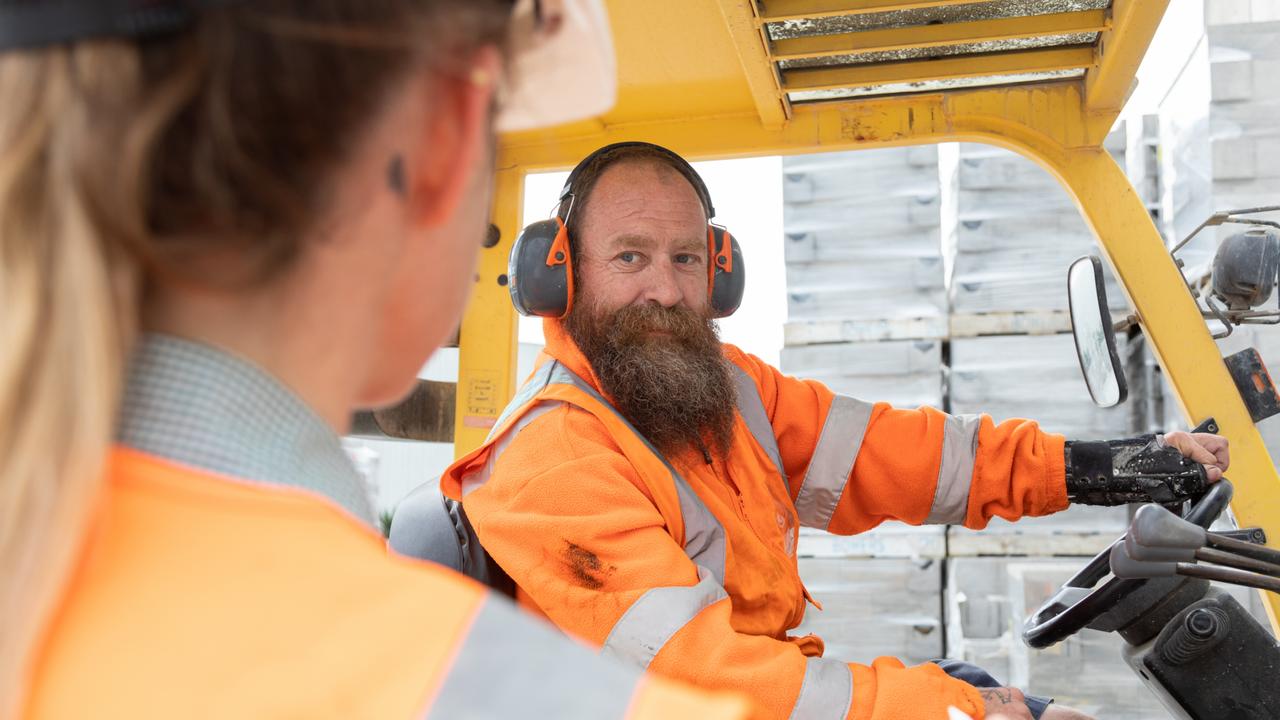Work begins on ACMD, collaboration of Victoria’s universities and hospitals
Australia is on track to becoming a global biomedical engineering research leader and a new Victorian hospital-based centre is leading the way.
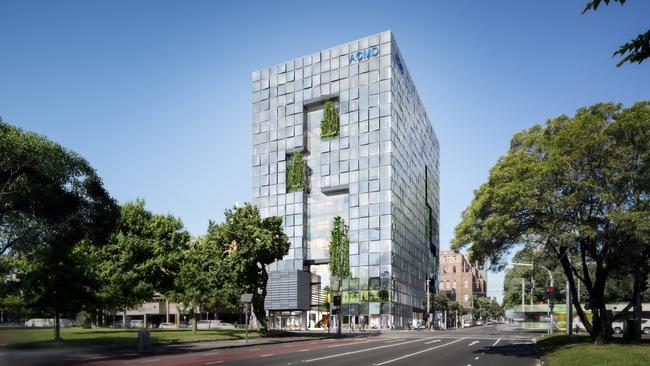
Victoria
Don't miss out on the headlines from Victoria. Followed categories will be added to My News.
Work has started on Australia’s first, collaborative hospital-based biomedical engineering research centre, which is being built at St Vincent’s Hospital Melbourne.
The Aikenhead Centre for Medical Discovery (ACMD) is located at St Vincent’s Fitzroy campus and, by 2030, is expected to make Australia a global biomedical engineering research leader.
The CEO of the ACMD Dr Erol Harvey says the new building would power Victoria’s research translation in this space.
“It will be a world-class facility that positions Victoria and Australia as global leaders of medical innovation,” Dr Harvey said.
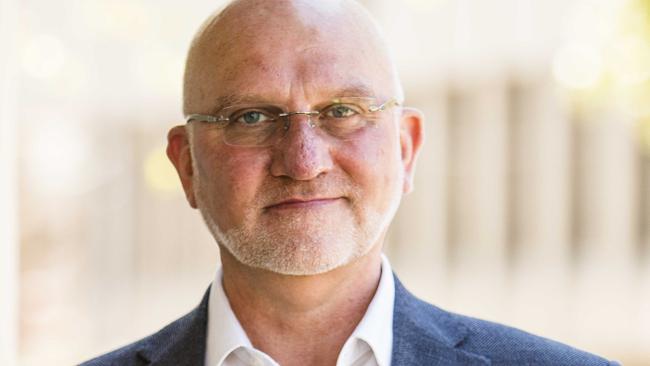
ACMD promises to harness the strength of collaboration by bringing together engineers, scientists and clinicians to address complex medical challenges.
The current Aikenhead building on the corner of Nicholson Street and Victoria Parade is being demolished now to make way for the new 11-storey centre. Construction of the 16,500 sqm building is expected to start in January 2023, with building works scheduled to be completed in late 2024.
The ACMD will, Dr Harvey said, offer specialised research, development and engineering areas with advanced capabilities. These will include:
• unique 3D-printing laboratories
• a human kinetics lab
• special insulated rooms that enable the development of sensitive hearing and vision technologies
• engineering workshops to produce medical device prototypes
• laboratories with controlled environments
• robotics that can be used to fast-track clinical trials
• collaborative spaces for students and researchers
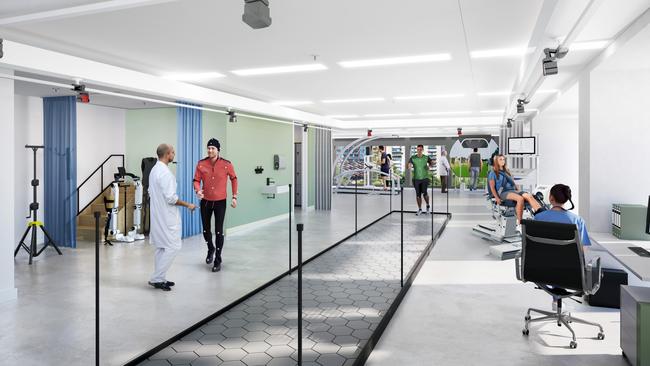
A unique education hub will also be embedded within the new research centre. This will accommodate a dedicated teaching facility to nurture future clinical, nursing, allied health and biomedical research innovators and leaders.
The space will incorporate multiple seminar and tutorial rooms, a clinical simulation laboratory along with a large lecture theatre extending over two levels with scope to host national and international conferences and major events.
Dr Harvey said through cutting-edge research, the ACMD will look to develop impactful healthcare solutions.
“Our partnerships across academia, healthcare and industry are testament to the great outcomes we can achieve,” he said.
Dr Harvey added this combined power tackled complex health challenges while fast-tracking clinical-driven medical research to help benefit patients sooner.
“Our focus will be prevention, early intervention, robotic, digital and data engineering to improve equitable access to innovative healthcare,” Dr Harvey said.
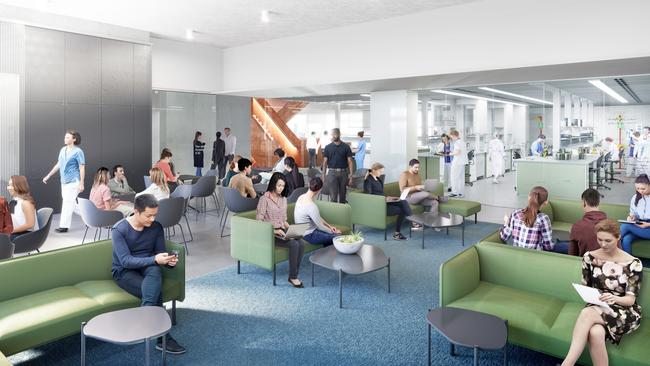
ACMD is a collaboration of nine partner groups that include St Vincent’s Hospital Melbourne, St Vincent’s Institute of Medical Research, Bionics Institute, the Centre for Eye Research Australia, University of Melbourne, RMIT University, Swinburne University of Technology, Australian Catholic University and the University of Wollongong Australia.
“By 2030 we will have energised the medical technology industry in Victoria and this will result in better health outcomes for Australia,” Dr Harvey said.
The stand-alone research facility designed by architects Denton Corker Marshall will be built by Kane Constructions.
Funding has been provided by the Victorian and Commonwealth governments, ACMD founding partners, St Vincent’s Health Australia and philanthropic donations.
For more information visit: acmd.org.au
At a glance:
• The ACMD is Australia’s first, collaborative hospital-based biomedical engineering research centre
• It is co-located at St Vincent’s Hospital Melbourne
• It will position Victoria and Australia as global leaders in biomedical engineering
• It is collaboration of nine partner organisations – St Vincent’s Hospital Melbourne, St Vincent’s Institute of Medical Research, Bionics Institute, the Centre for Eye Research Australia, University of Melbourne, RMIT University, Swinburne University of Technology, Australian Catholic University and the University of Wollongong Australia.
New and revamped hospitals for Victoria
PROJECTS OPEN
- Echuca Wellness Centre
- Monash Medical Centre (expansion and traffic improvement project)
- Wangaratta hospital revamp (including a 12-bed ICU, an eight-bed short stay unit, bigger emergency department and a new paediatric ward)
- Wonthaggi Hospital emergency department expansion
- Royal Victorian Eye and Ear Hospital redevelopment
- Victorian Heart Hospital at Clayton (construction finished, but to open in February 2023)
- Austin Hospital Central Sterile Services department
PROJECTS UNDER CONSTRUCTION
- Building early parenting centres in Bendigo, Geelong, Wyndham, Ballarat, Whittlesea, Casey, Footscray and Noble Park
- Maryborough Hospital expansion
- Royal Children’s Hospital emergency department expansion and level 5
- A new Frankston hospital
- Stage 2 expansion of Angliss Hospital
- Warrnambool Base Hospital redevelopment
- New emergency department in Swan Hill, and at Albury Wodonga
- Community Hospitals program
MELBOURNE TO BE BASE FOR CANCER CURE SEARCH
Tailor-made cancer treatments that are customised to target cells in each body will soon be created in Victoria, as the state becomes one of the few places in the world to fully leverage the technology that helped save the world from Covid.
Messenger RNA (mRNA) is the next frontier in medical research after it was used to create two effective Covid vaccines, and a major agreement with Moderna means Melbourne will soon be the only place in the southern hemisphere where the technology can be used on a massive scale.
A separate deal with BioNTech will also help produce mRNA breakthroughs in Victoria, with the company to set up a research hub that develops new vaccines and treatments and produces enough copies for clinical trials.
Covid mRNA vaccines create harmless copies of the virus’s spike proteins, which train the body to fight against it before a genuine infection.
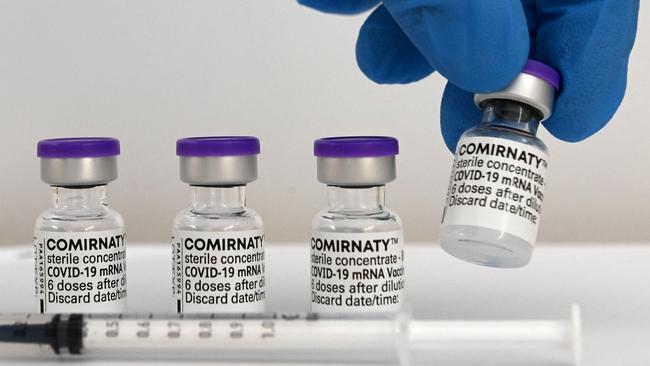
Scientists spent years researching mRNA’s potential, but the pandemic provided the first major opportunity to prove that they can save lives.
Now experts around the world are working on ways to use the technology to treat conditions previously thought incurable, such as HIV, and for customised cancer treatment.
BionTech will set up shop in Melbourne to further the work along with other researchers, and Moderna’s manufacturing site is expected to be capable of producing 100 million doses a year.
In 2021, the Andrews government created mRNA Victoria, an agency tasked with co-ordinating and accelerating the future of the technology in the state.
More than $25m in research grants have provided to 26 different projects.
Medical Research Minister Jaala Pulford said getting major players into the state had been important, but she hoped everyday Victorians would also lead the charge to find new cures.
“Think about little kids studying science at school, they can look to the best in the world and find it up the road,” she said. “All Victorians should be proud of that.”
More Coverage
Originally published as Work begins on ACMD, collaboration of Victoria’s universities and hospitals



